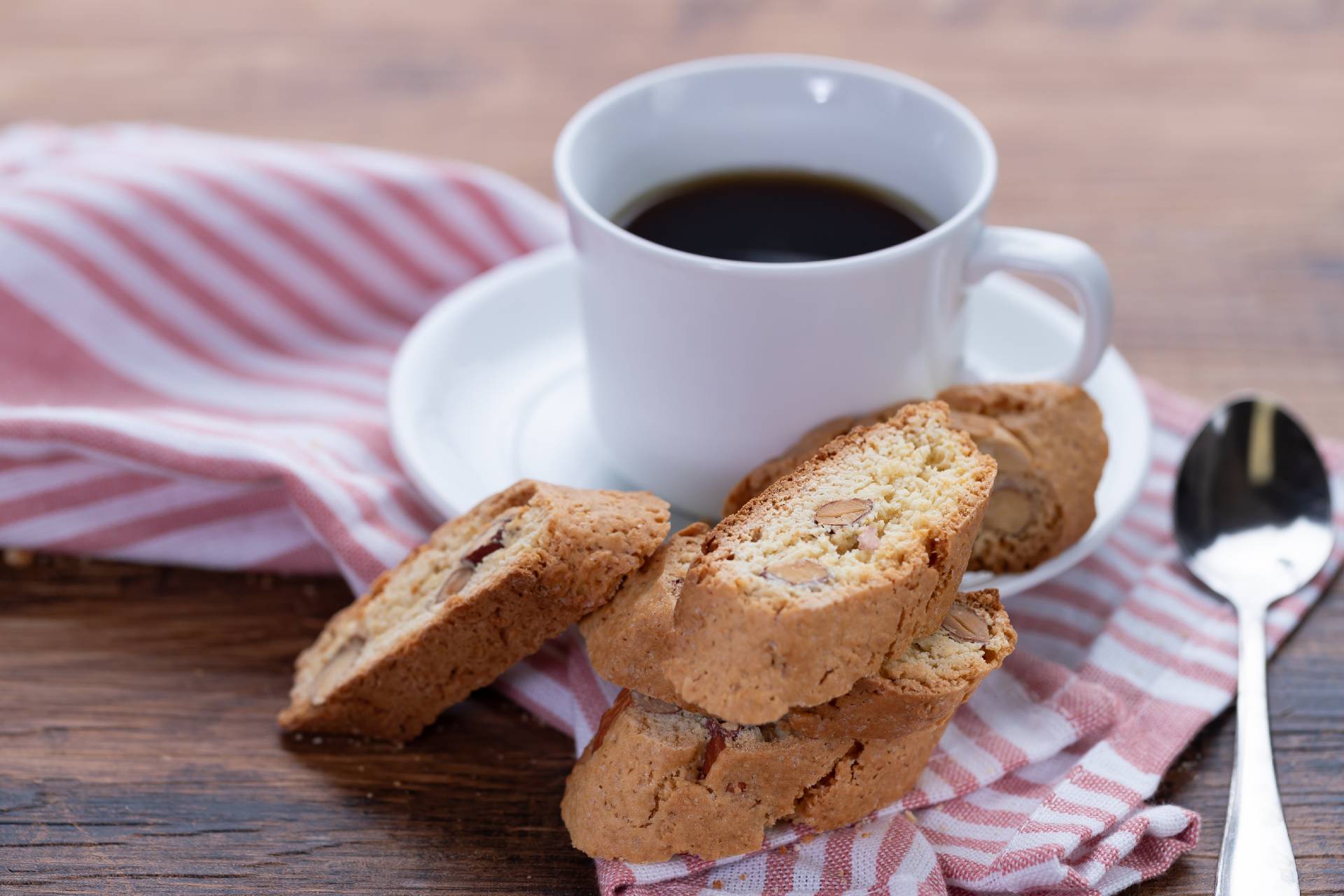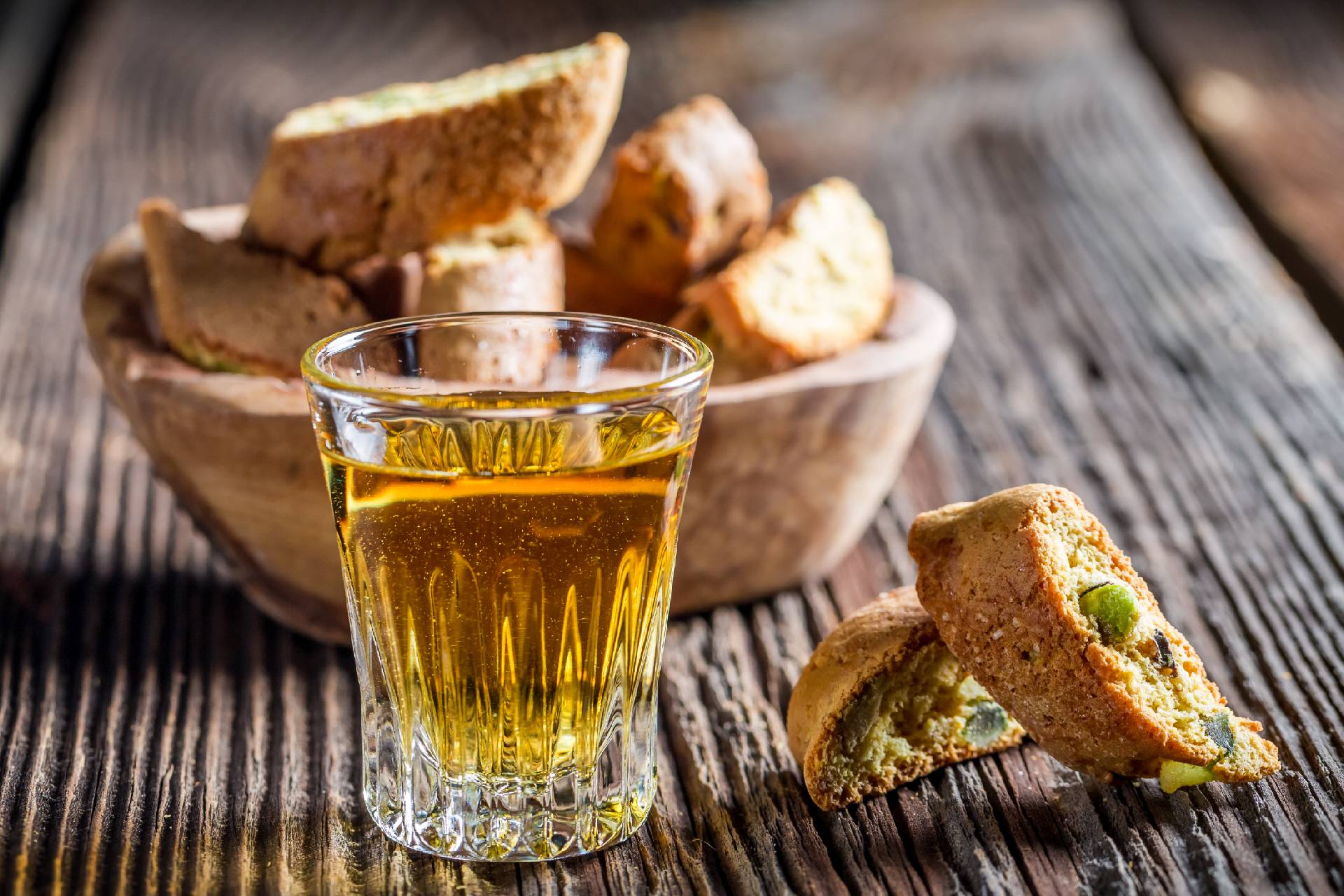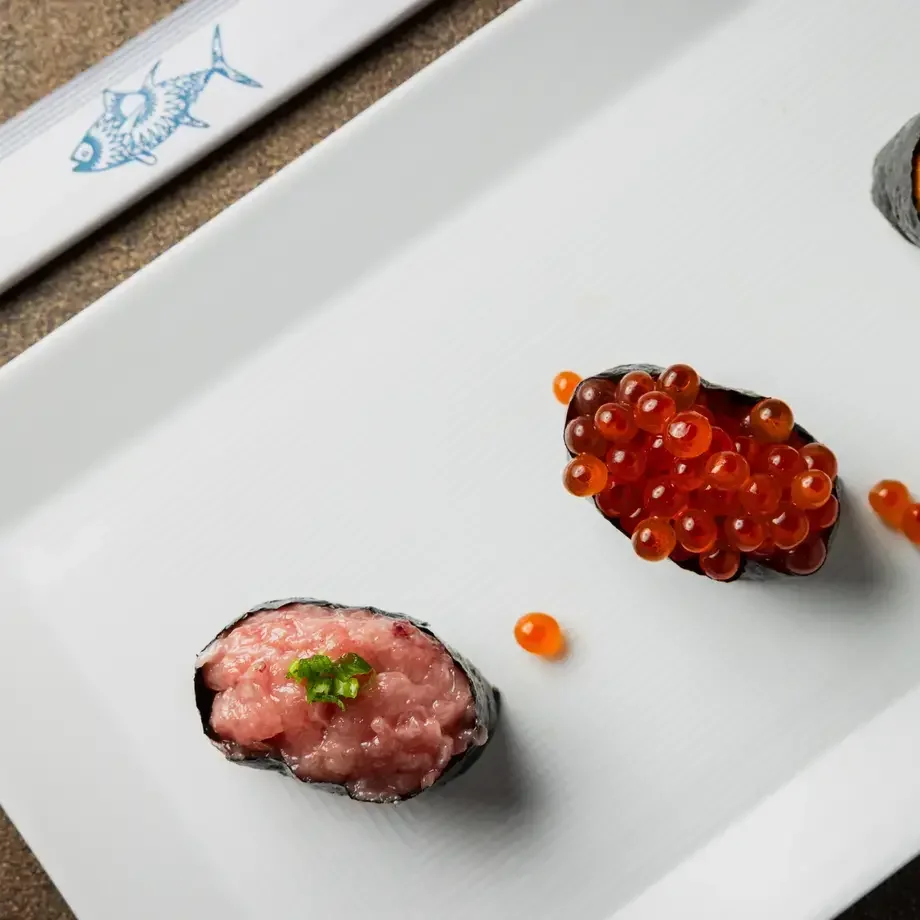You may not remember eating cantucci, but the chances are that you know them by another name. Read on to find out more about these delicious Italian almond cookies, and the traditional way to enjoy them.
What are cantucci or cantuccini?
Cantucci are small, almond flavoured Italian cookies, traditionally made without yeast or fat and baked twice for a satisfyingly hard bite. The name is taken from the old Italian word ‘cantuccio’, which can be used to refer to a small nook, or a piece of bread with a lot of crust, most typically the end slices of a loaf.
In English-speaking countries, cantucci are more commonly referred to as ‘biscotti’, but in fact this is the Italian word for any type of cookie or biscuit. If you’re trying to track down these sweet, nutty treats in Italy, asking for ‘biscotti’ is probably not specific enough. In Italy, they are either referred to as ‘cantucci’, or ‘cantuccini’, meaning ‘little cantucci’. Cantuccini is sometimes used to mean smaller cantucci, or cantucci made with non-traditional ingredients like chocolate chips or pistachios, but these two names are often used interchangeably.
The history and origins of cantucci
A version of cantucci was used as far back as Ancient Rome, where they were used as easily-transportable, non-perishable army rations. Ancient philosopher Pliny the Elder is said to have remarked that they might last for centuries without going stale, but as any history scholar knows, Pliny was not always right about everything. Modern cantucci can be kept for up to two weeks before they start to go past their best, which is still a long time for a cookie.
Cantucci seem to disappear from history after the fall of the Roman Empire, only to reappear in Tuscany during the Renaissance. The first modern cantucci were made by bakers in the city of Prato, Tuscany, and are considered to be a Tuscan delicacy, although cantucci are enjoyed throughout Italy.
The cantuccini made during the Renaissance were also prized for their portability, and were used by soldiers, fishermen and explorers, with Christopher Columbus, born in what is now modern-day Italy, supposedly taking some cantucci with him on his travels. But cantuccini were also increasingly eaten as a treat, which is how we enjoy them today.








